How does dew form?
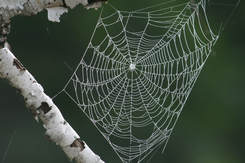
Dew is actually water in the form of droplets. They are created by condensation that settles on exposed surfaces which cool by radiating heat. It condenses at a rate greater than it can evaporate. The water droplets form on grass, spider webs and other things in the early morning, but also at dusk.
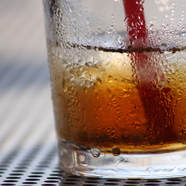
I remember once being embarrassed when I offered one evening to help a friend paint the hull of a boat he was renovating. He looked at me scornfully and pointed out that the dew fall that evening would ruin the paint job! This had never occurred to me.
You can watch the formation of dew with this small demonstration. Take a glass and put ice cold water in it and perhaps add some ice cubes. In no time, on the outside of the glass, condensation will appear and eventually water drops will slide down and “dew” has formed.
When there are no clouds during the evening and during the night, the warm air will radiate into space and the dew formation is more substantial. On cloudy nights when the warm air is trapped near the surface, there is no dew or very little.
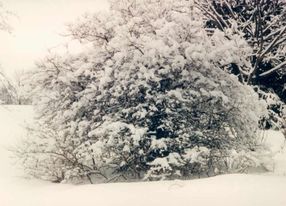

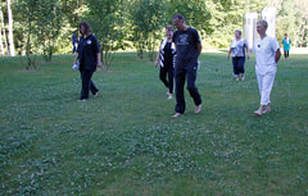
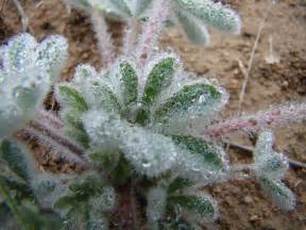
I am always surprised how nature helps all creatures to fill their needs.
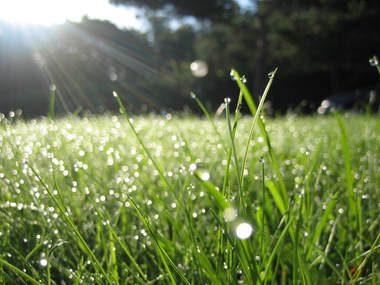
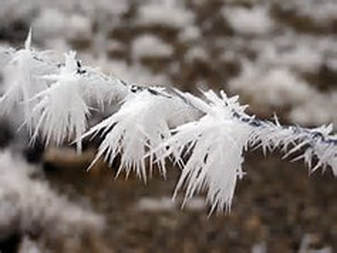
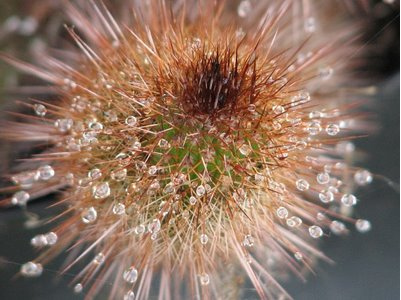
 RSS Feed
RSS Feed